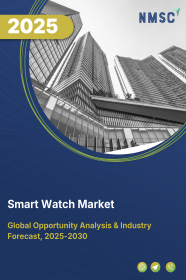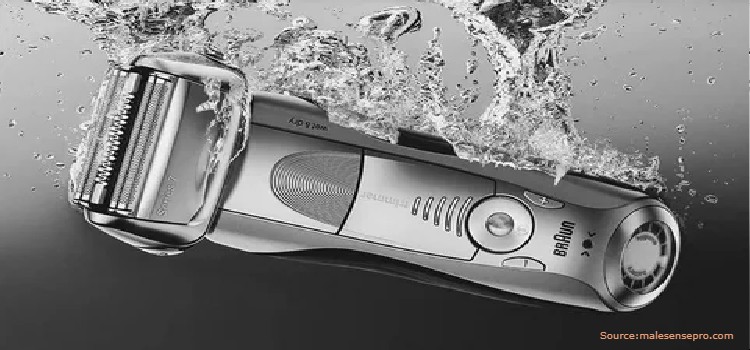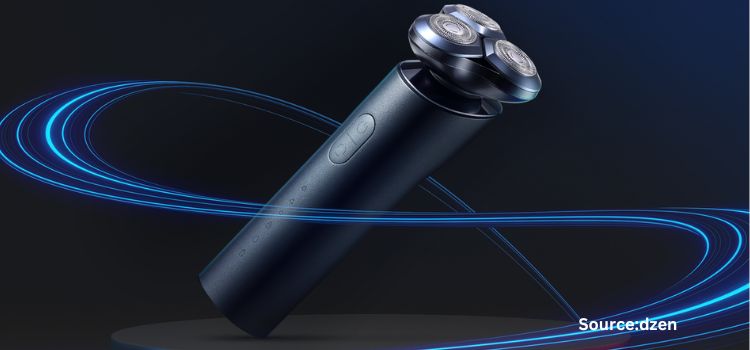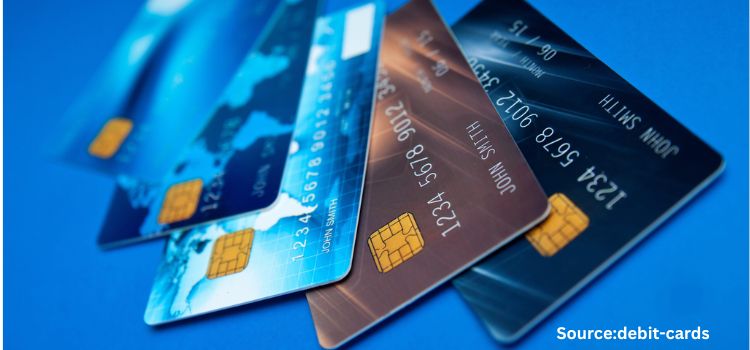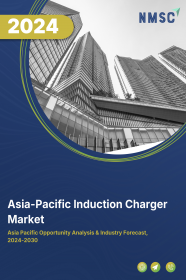
Asia-Pacific Induction Charger Market by Power Output (5W to 15W, 16W to 30W, Above 30W), by Charging Standard (Qi Standard, AirFuel), and by Distribution Channel (E-Commerce or Online and Offline) – Opportunity Analysis and Industry Forecast 2024–2030
Industry: Retail and Consumer | Publish Date: 06-Dec-2024 | No of Pages: 139 | No. of Tables: 101 | No. of Figures: 66 | Format: PDF | Report Code : RC1309
US Tariff Impact on Asia-Pacific Induction Charger Market
Trump Tariffs Are Reshaping Global Business
Market Definition
Asia-Pacific Induction Charger Market was valued at USD 274.30 million in 2023, and is predicted to reach USD 721.10 million by 2030, with a CAGR of 14.2% from 2024 to 2030.
The induction charger industry, part of the wider consumer electronics sector, is undergoing swift evolution and gaining recognition on the global technology front. This field is dedicated to advancing and spreading wireless charging technology, a method that enables the transmission of electrical power without relying on physical connectors or cables.
Fundamentally, the technology behind induction chargers is grounded in electromagnetic induction, employing an electromagnetic field to facilitate the transfer of energy between two objects – typically a charging pad and a compatible device.
Growing Adoption of Smartphones and Electronic Devices fuels Induction Chargers Market Growth in the Asia-Pacific
The extensive embrace of smartphones and electronic devices throughout the region has generated a significant need for wireless charging solutions. This upswing in device ownership is a direct catalyst for the growing prevalence of induction chargers. Furthermore, the incorporation of wireless charging features in public spaces like cafes, airports, and commercial establishments amplifies the convenience and utility of induction chargers, actively promoting their widespread adoption.
Growing Integration of Induction Chargers in Public Spaces Boosts Market Expansion
The widespread adoption of wireless charging infrastructure in public spaces and commercial places is a key factor fueling market expansion. Induction charging stations, commonly located in coffee shops, offices, and transportation hubs, contribute to the seamless integration of this technology into individuals' daily routines. This heightened accessibility serves as a crucial component in fostering broad acceptance of wireless charging solutions.
The Standardization of Wired Chargers Hinders the Growth of the Induction Charger Market
The extensive embrace of USB Type-C connectors in wired chargers poses a considerable obstacle to the induction charger market. This standardization ensures compatibility with a wide range of devices, establishing USB Type-C as a convenient and adaptable charging solution. Its rapid charging capabilities, often surpassing those of many wireless chargers, enhance its allure, especially for users prioritizing swift charging experiences.
Introduction of Qi v2.0 Standard for Wireless Charging Creates Ample Opportunity
The launch of Qi v2.0, the latest wireless charging standard, is poised to impact the induction charger industry significantly. Offering enhanced features such as magnetic attachment, improved charging speed, higher efficiency, and greater convenience, Qi v2.0 is set to elevate user experiences.
With the first Qi v2.0 certified devices, including Apple's iPhone 15 series and various power transmitters, expected to hit the market during Christmas, significant manufacturers, including Belkin, Mophie, Anker, and Aircharge, are gearing up with compatible products. Over 100 devices are already undergoing testing or certification for Qi v2.0.
This new standard is expected to unify the wireless charging industry, promoting smoother, faster charging and broader interoperability. As Qi v2.0 becomes the global benchmark for wireless charging, its adoption will likely simplify the market and enhance universal compatibility, driving growth in the induction charger sector as more consumers move towards Qi v2.0 compatible charging solutions.
China Holds the Dominant Market Share in the Asia-Pacific Induction Charger Market
The competitive landscape of China's induction charger industry is driven by major players, including Anker Innovations, Xiaomi, Oppo, and Infinix, among others. Renowned for tech expertise, they shape trends in compact charging solutions, reflecting China's role as an electronic innovation hub. In January 16, 2024 , Infinix launched "All-Round FastCharge" with 260W and 110W options, setting new standards. This innovation targets fast-charging demand in key markets, including Canada, the US, Europe, the UK, and Australia.
Taiwan is Expected to Show Steady Growth in the Asia-Pacific Induction Charger Market
The growing use of smartphones and electronic devices in Taiwan has led to a rising need for wireless charging solutions. With consumers embracing a technology-driven lifestyle, the appeal of induction chargers, offering convenience and efficiency, has significantly increased. This demand reflects a shift among Taiwanese consumers towards uncomplicated and cord-free charging solutions. Induction chargers, known for providing a smooth and effective charging experience, have consequently become the preferred choice to meet the modern requirements of tech-savvy individuals in Taiwan.
Competitive Landscape
The Asia-Pacific induction charger industry includes several market players such as Samsung Electronics Co. Ltd., Apple Inc, Anker Innovations Technology Co. Ltd., Belkin International, Inc., Xiaomi Corporation, Huawei Technologies, ASUSTeK Computer Inc., ZAGG INC., Energizer Holdings, Inc., and Aukey Corporation Limited.
Asia-Pacific Induction Charger Market Key Segments
By Power Output
-
5W to 15W
-
16W to 30W
-
Above 30W
By Charging Standard
-
Qi Standard
-
AirFuel
By Distribution Channel
-
E-Commerce or Online
-
Offline
By Country
-
China
-
Japan
-
India
-
South Korea
-
Australia
-
Indonesia
-
Singapore
-
Taiwan
-
Thailand
-
Rest of Asia-Pacific
REPORT SCOPE AND SEGMENTATION:
|
Parameters |
Details |
|
Market Size in 2023 |
USD 274.30 Million |
|
Revenue Forecast in 2030 |
USD 721.10 Million |
|
Growth Rate |
CAGR of 14.2% from 2024 to 2030 |
|
Analysis Period |
2023–2030 |
|
Base Year Considered |
2023 |
|
Forecast Period |
2024–2030 |
|
Market Size Estimation |
Million (USD) |
|
Growth Factors |
|
|
Countries Covered |
9 |
|
Companies Profiled |
10 |
|
Market Share |
Available for 10 companies |
|
Customization Scope |
Free customization (equivalent up to 80 working hours of analysts) after purchase. Addition or alteration to country, regional, and segment scope. |
|
Pricing and Purchase Options |
Avail customized purchase options to meet your exact research needs. |
KEY PLAYERS
-
Samsung Electronics Co. Ltd.
-
Apple Inc
-
Anker Innovations Technology Co. Ltd.
-
Belkin International, Inc.
-
Xiaomi Corporation
-
Huawei Technologies
-
ASUSTeK Computer Inc.
-
ZAGG INC.
-
Energizer Holdings, Inc.
-
Aukey Corporation Limited.

















 Speak to Our Analyst
Speak to Our Analyst





